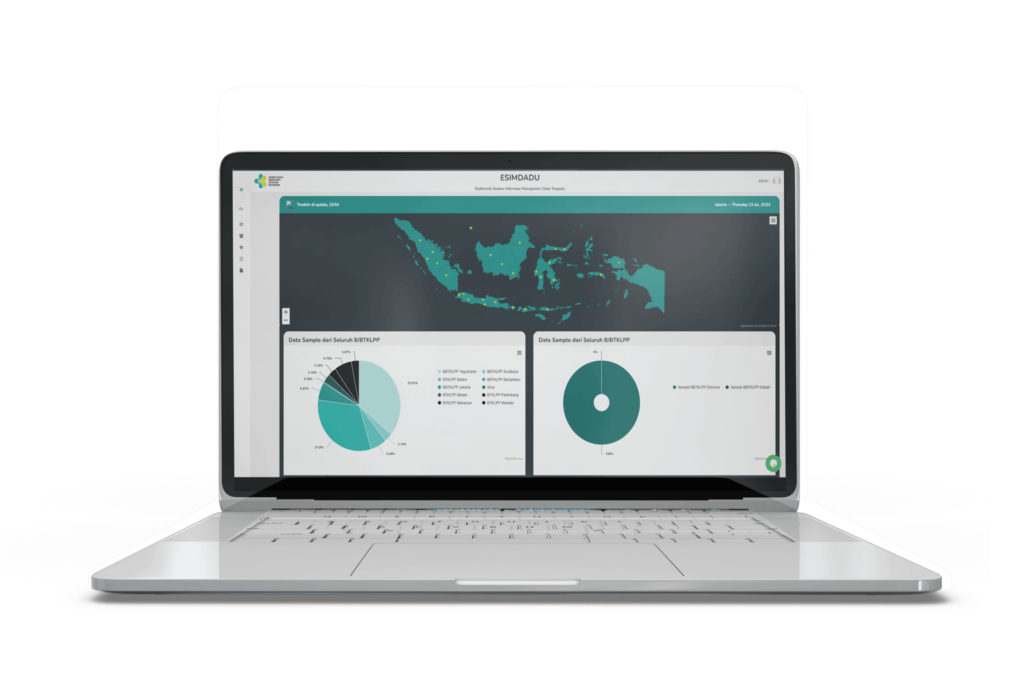Anargya Aptana Indonesia
Clients

Services


This application is specifically designed for laboratory use, aiming to facilitate users in registration, payment processing, and recording of test results. Collaborating with PT Gemilang Advertensi Nusantara, this application can perform the following processes:
1. Sample Receipt: After receiving the sample, the sample will enter the Laboratory Installation system. This step involves documenting important information about the sample, such as its unique identifier, date of receipt, and relevant details provided by the sender.
2. Sample Placement in Lab: Samples will be properly placed in Laboratory facilities, ensuring proper storage conditions and preserving sample integrity until further processing.
3. Sample Processing: The sample will be fed into the machine or instrument for testing. Depending on specific requirements and available technology, processing can be done manually or automatically. Manual processing involves the involvement of lab technicians who carry out the necessary steps and procedures, whereas automated processing relies on the use of sophisticated machines and systems to handle samples.
4. Sample Testing: Samples will undergo testing procedures to analyze and evaluate certain characteristics or parameters. Testing can be done manually, involving the use of laboratory equipment, chemicals or reagents. Alternatively, the tests can be automated using special instruments or machines designed for the specific type of test required.
5. Result Generation: After the testing process is completed, the machine or instrument used will give the result based on the analysis performed on the sample. The results may be in the form of numerical data, a graphical representation, or some other format relevant to the particular test being performed.
6. Review by Experts: The resulting results will then undergo a review process carried out by experts or specialists in their respective fields. These experts will carefully examine the results, verify their accuracy, and interpret the findings based on their knowledge and expertise.
7. Reporting and Printing of Results: Once the results are reviewed and confirmed by experts, the results can be documented and reported. This may involve creating a report summarizing the findings, including relevant details such as sample identifiers, test parameters and final results. In addition, if required, the results can be printed for further recording, distribution or analysis.
See Project
Location
Say Hello
Social Media

© Anargya Aptana Indonesia – 2023
Term Condition
Privacy & Policy
Anargya Aptana Indonesia is proudly powered by WordPress



